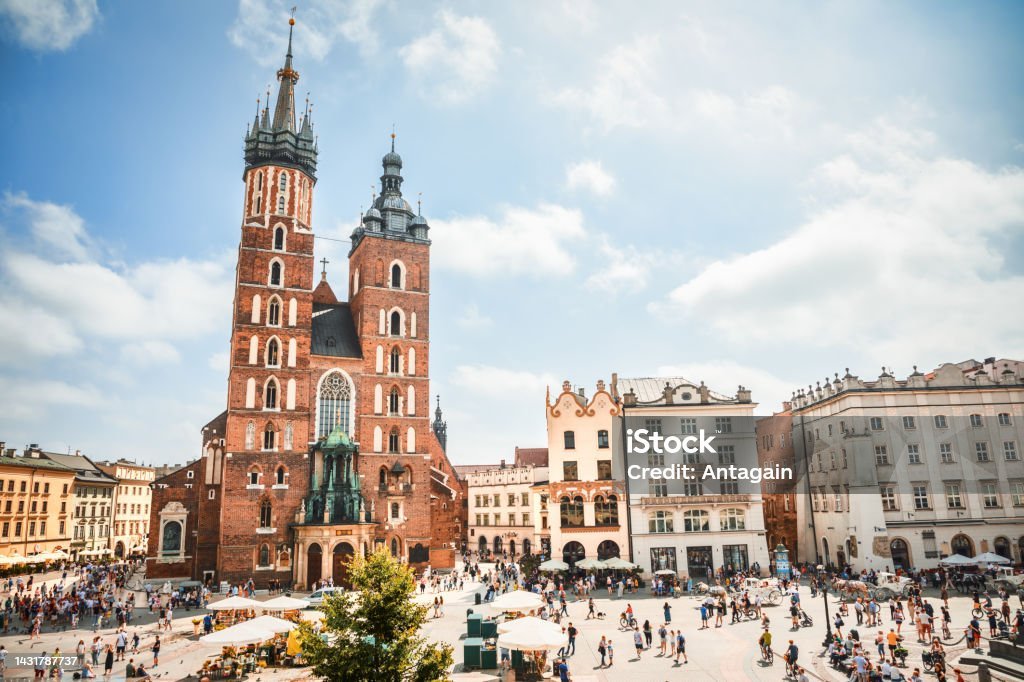
Poland, a country with a rich history and vibrant culture, offers a unique and unforgettable travel experience. From its stunning architecture to its beautiful natural landscapes, there is something for everyone in Poland. Here are some of the advantages of visiting Poland for a trip:
– Rich history: Poland has a long and complex history, with numerous historical sites and museums to explore. From the somber Auschwitz-Birkenau Memorial and Museum to the stunning Wawel Castle in Krakow, you’ll have plenty of opportunities to learn about the country’s history and culture.
– Beautiful architecture: Poland is home to some of the most beautiful architecture in Europe, with stunning Gothic and Baroque buildings, grand palaces, and ornate churches. Whether you’re exploring the historic city centers of Warsaw, Krakow, or Gdansk, you’ll be amazed by the beauty and grandeur of Poland’s architecture.
– Delicious cuisine: Polish cuisine is known for its hearty dishes, delicious pastries, and traditional delicacies. From the famous pierogies to the delicious bigos, you’ll have plenty of opportunities to indulge in the local cuisine during your trip.
– Affordable prices: Compared to other European countries, Poland is relatively affordable, with reasonable accommodation options, transportation costs, and food prices. This makes it an ideal destination for budget-conscious travelers who want to experience all that Poland has to offer without breaking the bank.
– Friendly locals: Polish people are known for their warm and welcoming nature, making visitors feel right at home. Whether you’re asking for directions or simply wanting to chat, you’ll find the locals in Poland to be friendly and helpful.
– Beautiful natural landscapes: Poland is home to some of the most beautiful natural landscapes in Europe, with stunning mountains, rolling hills, and picturesque villages to explore. Whether you’re a nature lover or simply looking for a peaceful retreat, you’ll find plenty of opportunities to connect with nature in Poland.
– Festivals and events: Poland has a lively festival and event scene, with numerous cultural celebrations and sporting events taking place throughout the year. Whether you’re interested in attending a traditional Polish festival or watching a soccer match, you’ll find plenty of opportunities to experience the local culture and traditions.
– Easy to get around: Poland is relatively small, making it easy to get around and explore different parts of the country. Whether you’re using public transportation, renting a car, or simply walking, you’ll find that getting around Poland is easy and convenient.
– Historical landmarks: Poland is home to some of the most important historical landmarks in Europe, including the iconic Bran Castle in Transylvania, the stunning St. Mary’s Basilica in Krakow, and the somber Jasna Gora Monastery in Czestochowa. Whether you’re interested in history, architecture, or religion, you’ll find plenty of opportunities to explore Poland’s rich heritage.
– Safe and secure: Poland is considered to be one of the safest countries in Europe, with low crime rates and a strong sense of community. Whether you’re traveling alone or with a group, you’ll feel safe and secure during your trip to Poland.
In conclusion, Poland is a unique and unforgettable destination that offers something for everyone. From its rich history and beautiful architecture to its delicious cuisine and stunning natural landscapes, there are countless advantages to visiting Poland for a trip. Whether you’re looking for a relaxing retreat or an action-packed adventure, Poland is the perfect destination for travelers of all ages and interests.
Poland / WROCLAW Review
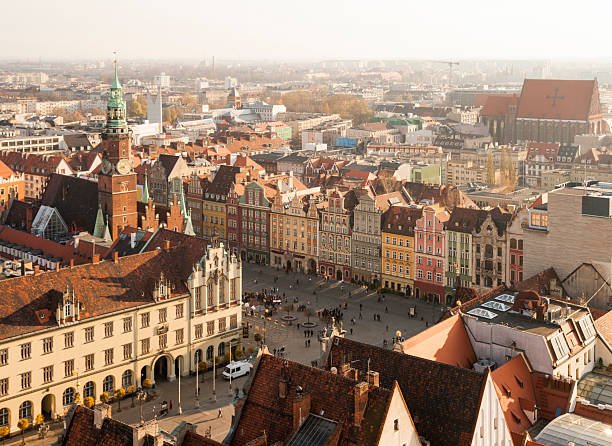
Pronounced VRAHTS-wahv, Wroclaw is the fourth-largest city in Poland. Built in the medieval period, the city covers several islands and maintains several beautiful bridges and stunning architecture. Wroclaw has been busy racking up recognition lately.
In 2015 it was named one of the “Best Cities To Live” by Mercer consulting company; and due to their high living standard it’s classified as a global city by GaWC.
Those who know Wroclaw best will tell you not to miss Salt Market Square, Centennial Hall (a UNESCO World Heritage Site), or St Mary Magdalene Church (13th century).
Review Of GDYNIA / Things To Do At GDYNIA
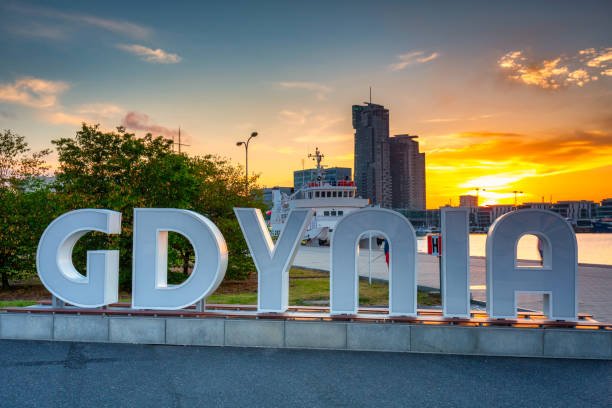
Polish people have voted Gdynia to be a “freedom city.” Since the first free elections, held in 1989, the city has transformed itself by building up living standards and concentrating on growth and progress. One of the three Tri-Cities, Gdynia is another great port town perfect for water lovers and maritime enthusiasts.
Visit the Dar Pomorza, a full rig sailing ship built in 1909. There’s also the National Marine Fisheries Research Institute and the Gdynia Aquarium. Each summer, the city hosts the Open’er Music Festival which attracts amazing headlining artists from across the globe.
Visit GDANSK And Contemplate Its Beauty.
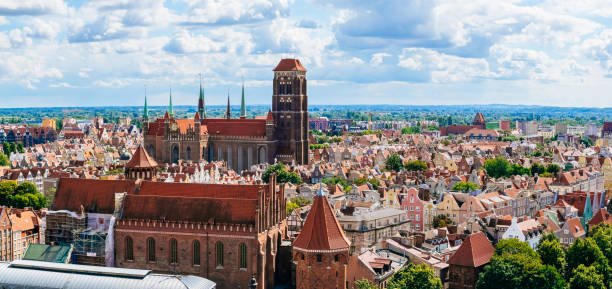
Gdansk is one of the three cities in the Pomerania area that are popularly known as Tri-City (Polish: Trójmiasto). This city on the Baltic coast has a unique vibe that separates it from the rest of the country. It’s a place that’s been shaped by the wide variety of wealthy merchants attracted by its port.
In the heart of Gdansk lies the reconstructed Main Town with colourful facades, shops, and restaurants. The crowning glory is the Neptune Fountain, built in the 17th century; it serves as a symbol of the city.
When you’re done with St. Mary’s Church or Oliwa Archcathedral, enjoy a pleasure boat cruise upriver and a brew at a beer garden along the dock.
Reasons i Should Visit WARSAW
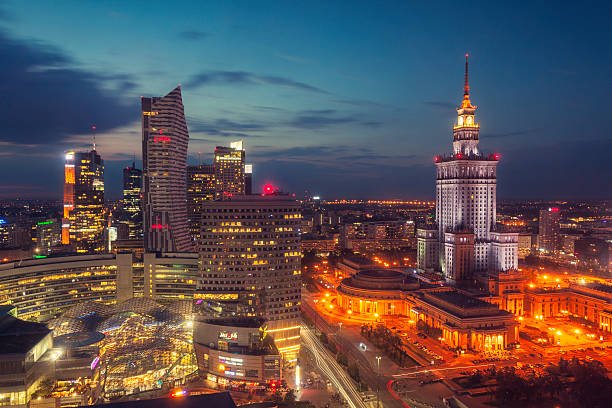
This sprawling city is Poland’s capital. It’s long and turbulent history can be seen in the distinct forms of architecture. You’ll find Gothic churches, Soviet-era blocks, modern skyscrapers, and neoclassical palaces.
Warsaw has a thriving music scene and a vibrant nightlife. Though the city was largely destroyed during WWII, Old Town has been restored to mirror its pre-war glory, complete with cobbled alleys, charming cafes, and a unique sense of the past.
Also not to be missed are the old royal residences which have long been associated with the ruling class and important events in history. Round out your visit by stopping at the Museum of the History of Polish Jews to see exhibits on their 1000 year history.
What To Know About SOPOT For Your Visit
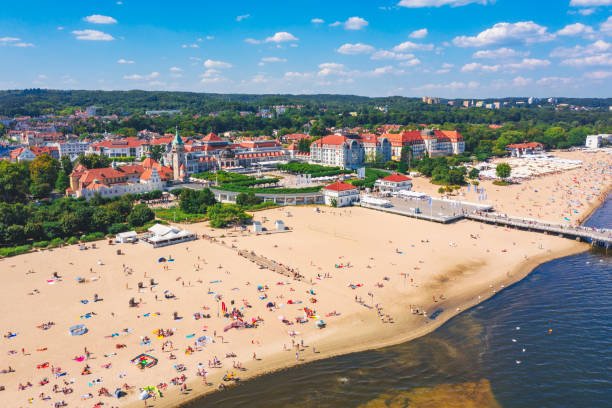
The final Tri-City destination, Sopot is a small seaside resort town. Directly between Gdansk and Gdynia, it’s been a get-away for the royals and elite for centuries – even through the Communist era.
Sopot has sparkling beaches and glitzy resorts all along the coast, giving it an exclusive air. You’ll often find the beach packed with sunbathers and volleyball lovers. Locals will tell you about the Wooden Pier (the longest in Europe), exciting Monte Casino Street, and Forest Opera set in a beautiful wooded area.
Tourists will tell you not to miss Krzywy Domek, also known as the Crooked House because of its unusual Gaudi-like shape.
CRACOW
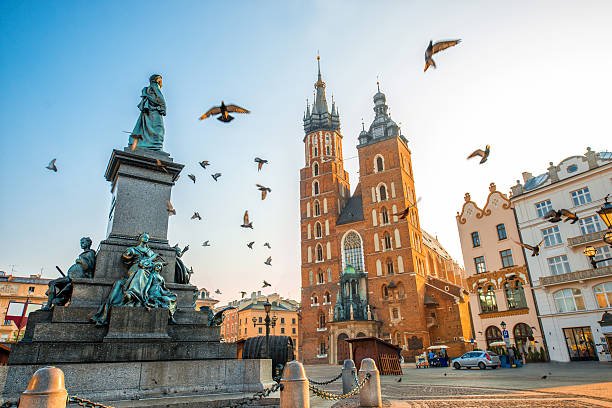
Once the capital of Poland, Cracow is now considered the cultural capital of the country. Best known for its medieval core and Jewish quarter, the city is centred on Rynek Glówny (market square), built in 1257 and now one of the largest markets in Europe.
The well-planned streets and tree-line pedestrian avenues make it enjoyable to stroll through the city. Stop and visit Jagellonian University or Wawel Castle – home of the Polish kings for almost 600 years.
Don’t forget Old Town (a UNESCO World Heritage Site), 14th century St. Mary’s Basilica, and Cloth Hall, a wonderful Renaissance-era outpost.
SZCZECIN
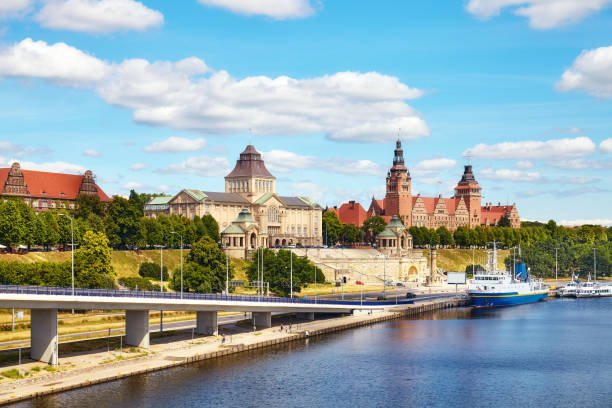
This small coastal town is definitely off the beaten track (at least for non-Germans). Szczecin is a mix of several cultural and architectural influences from several different ages.
Reconstruction has been long and difficult here which means that you’ll find German-era Art Nouveau buildings alongside modern steel and class buildings – both of which are alongside crumbled and overlooked ruins from the war.
You’ll want to stop at Bismarck Tower and the National Museum located primarily in the Landed Gentry House. And finally there’s the Ducal Castle, home of the dukes of Pomerania-Stettin for roughly 500

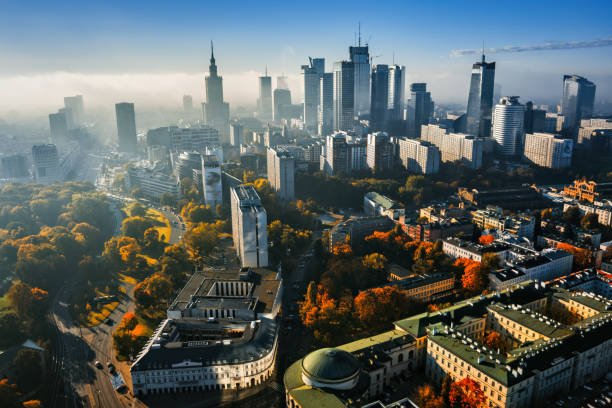
Leave a Reply